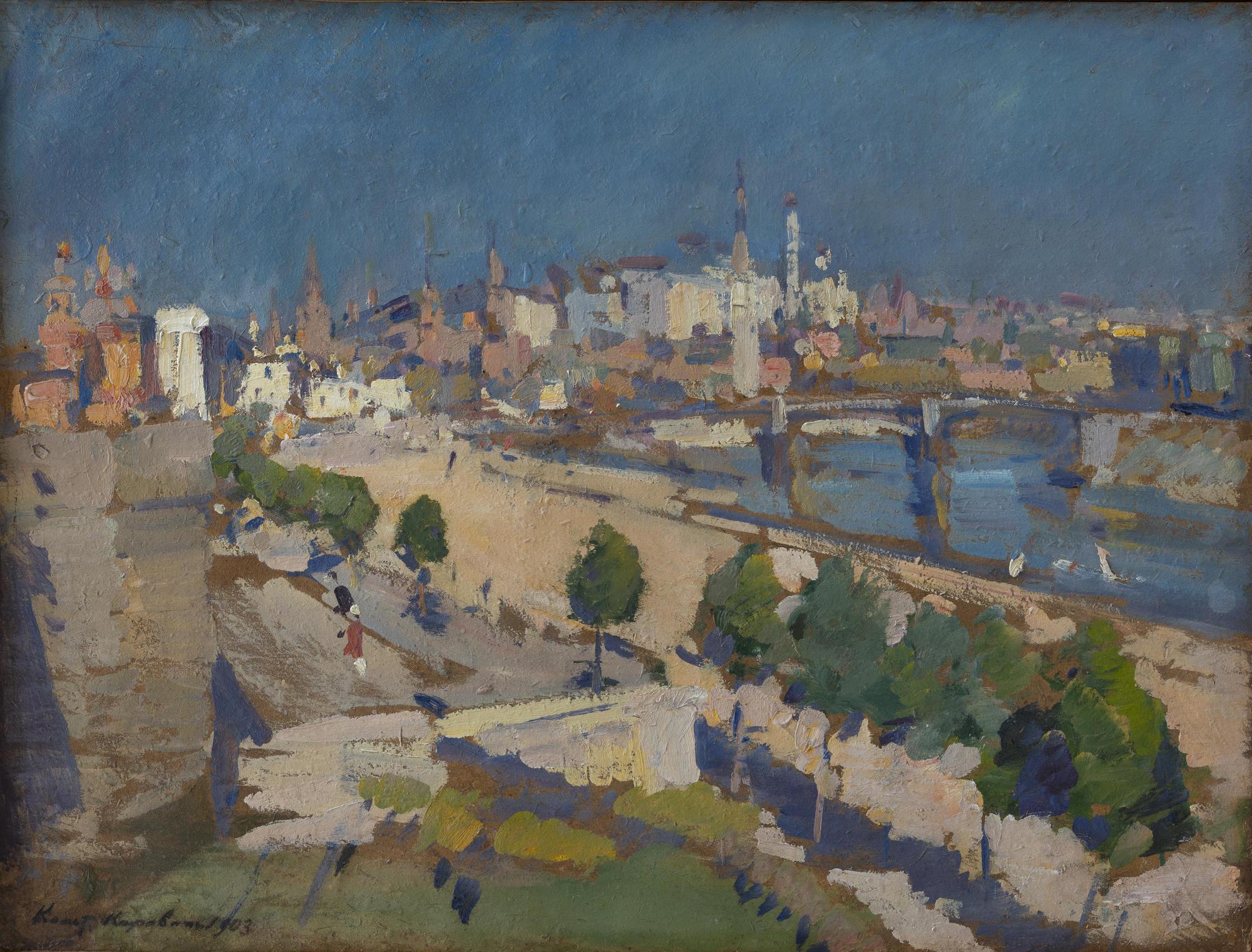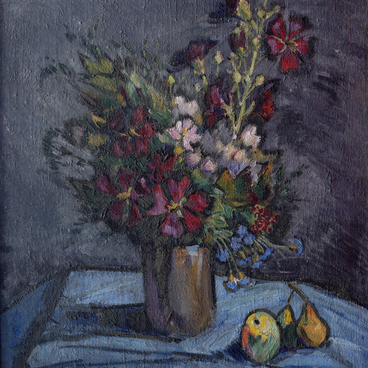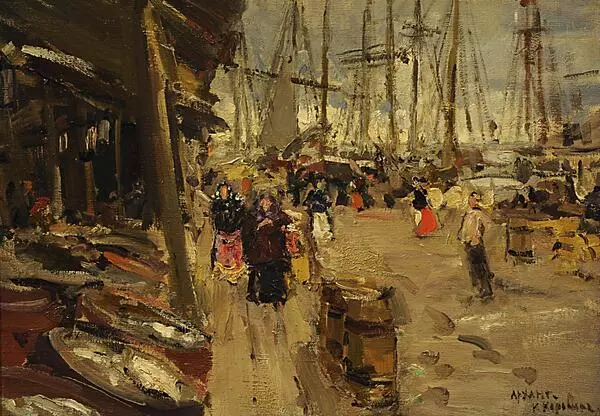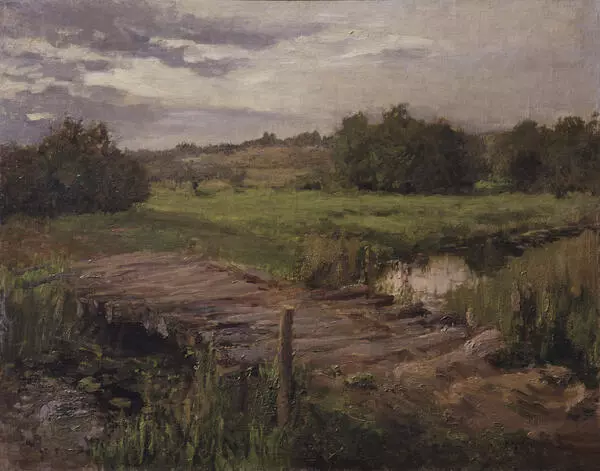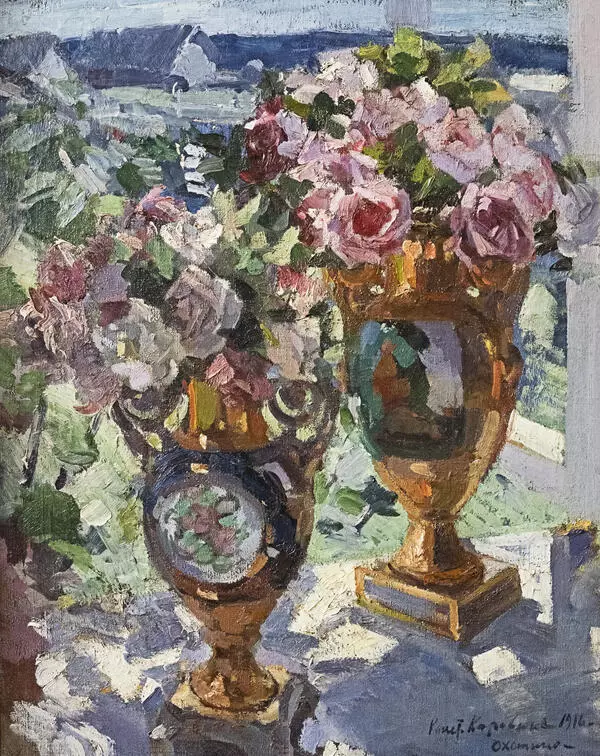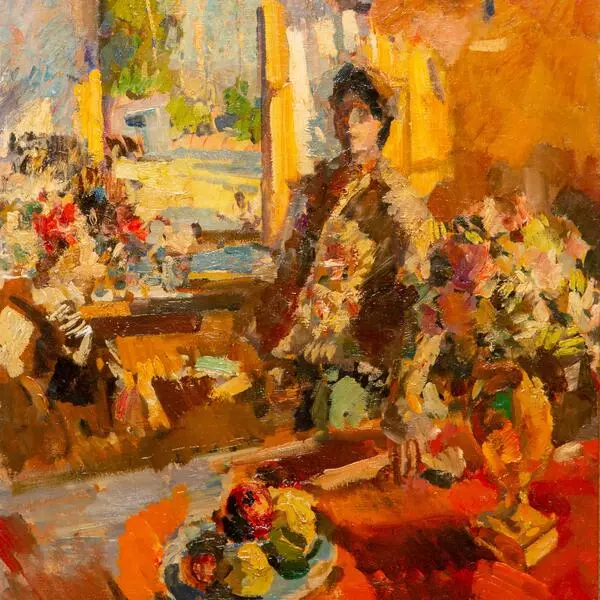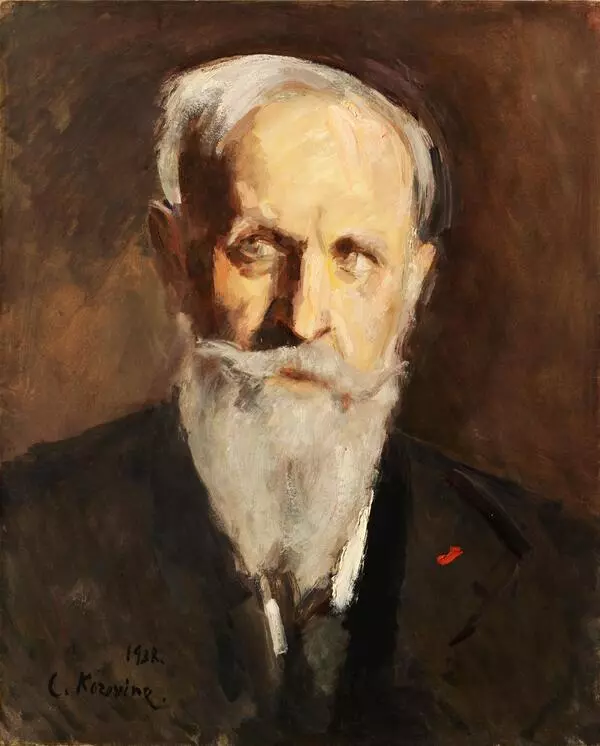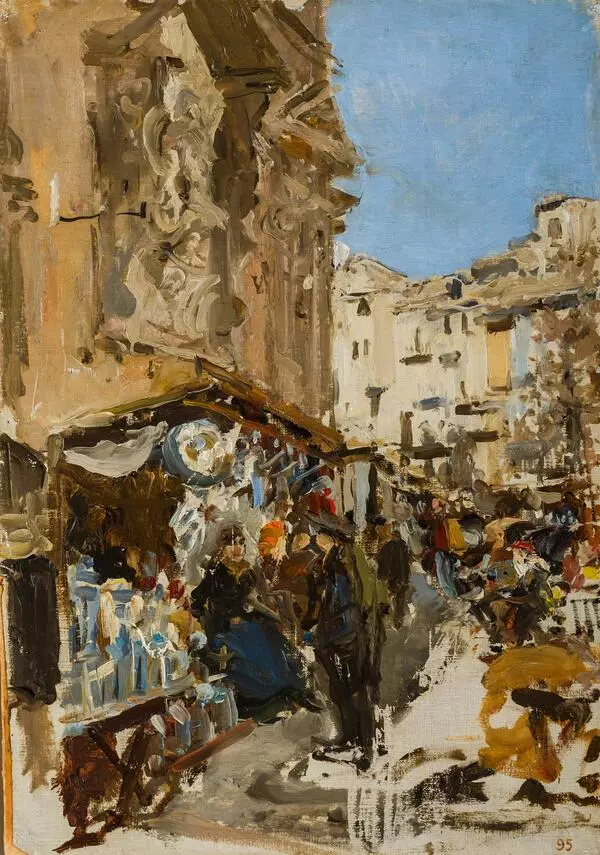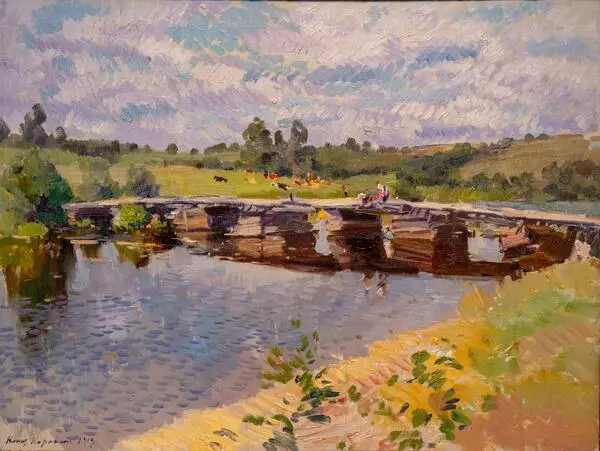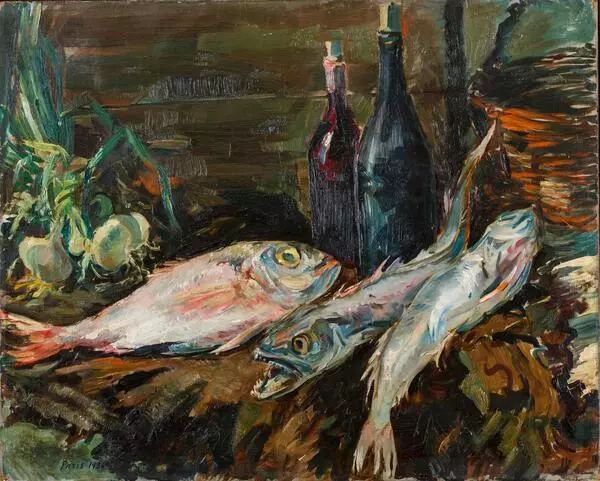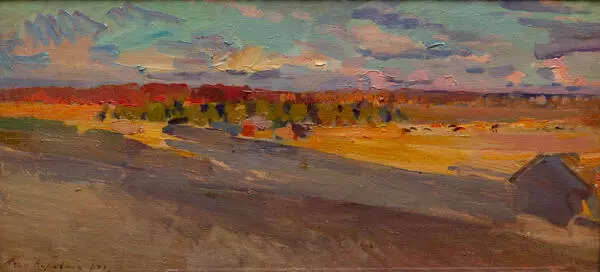The Russian Artists’ Union was established in 1903 by a group of Moscow painters and Petersburg graphic artists from “The World of Art” association. The main contribution to the development of the Russian Fine Art was made by the artists of the Moscow School.
The Moscow school of Painting, Sculpture and Architecture gave birth to many significant impressionist traditions in the Fine Arts.Vasiliy Polenov, Isaak Levitan, Valentin Serov, Konstantin Korovin were among the teachers of this school. Their students represent the new generation of the Russian impressionism. Konstantin Alexeevich Korovin was the leader of the Russian Artists’ Union.
The beginning of the 20th century was a period of great changes all over the world. People started to lose the sense of stability, everything was doubted and that affected art as well, the paintings became more vague and expressed uncertainty. At the turn of the 19th and 20th centuries artists developed an original style that was based on the remade ideas of the impressionist perception. Most attention was now paid not to the story but to the emotional impression.
The sketch Kremlin from the collection of the Tyumen Museum and Educational Society was painted by Korovin from real life in 1903. The artist painted color spots on the canvas without working out the details. Shimmering opal tones and shades give real impression of the ancient stone Kremlin buildings in the heat haze of a hot summer day.
The new art style was based on the impressionist principles in colouring and composition. On the one hand the sketch had the integrity of a painting, on the other hand the usage of fragmental spots gave a feeling of randomnicity.
Vivid and colorful works of Konstantin Korovin set the tone at the exhibitions. The painter had a hot temper, he was passionate and enthusiastic about the world’s beauty and was always expressing the joy of life with all his emotional strength.
Developing the legacy of Levitan and Korovin the painters of the Union were trying to give a new vision of a Russian landscape and to show the interrelationship between nature and a human life. Their paintings depicting provincial towns and monasteries, small villages and old noble manors express deep inner emotions caused by transitional periods of nature, its spring arise and autumn withering.
The Moscow school of Painting, Sculpture and Architecture gave birth to many significant impressionist traditions in the Fine Arts.Vasiliy Polenov, Isaak Levitan, Valentin Serov, Konstantin Korovin were among the teachers of this school. Their students represent the new generation of the Russian impressionism. Konstantin Alexeevich Korovin was the leader of the Russian Artists’ Union.
The beginning of the 20th century was a period of great changes all over the world. People started to lose the sense of stability, everything was doubted and that affected art as well, the paintings became more vague and expressed uncertainty. At the turn of the 19th and 20th centuries artists developed an original style that was based on the remade ideas of the impressionist perception. Most attention was now paid not to the story but to the emotional impression.
The sketch Kremlin from the collection of the Tyumen Museum and Educational Society was painted by Korovin from real life in 1903. The artist painted color spots on the canvas without working out the details. Shimmering opal tones and shades give real impression of the ancient stone Kremlin buildings in the heat haze of a hot summer day.
The new art style was based on the impressionist principles in colouring and composition. On the one hand the sketch had the integrity of a painting, on the other hand the usage of fragmental spots gave a feeling of randomnicity.
Vivid and colorful works of Konstantin Korovin set the tone at the exhibitions. The painter had a hot temper, he was passionate and enthusiastic about the world’s beauty and was always expressing the joy of life with all his emotional strength.
Developing the legacy of Levitan and Korovin the painters of the Union were trying to give a new vision of a Russian landscape and to show the interrelationship between nature and a human life. Their paintings depicting provincial towns and monasteries, small villages and old noble manors express deep inner emotions caused by transitional periods of nature, its spring arise and autumn withering.
